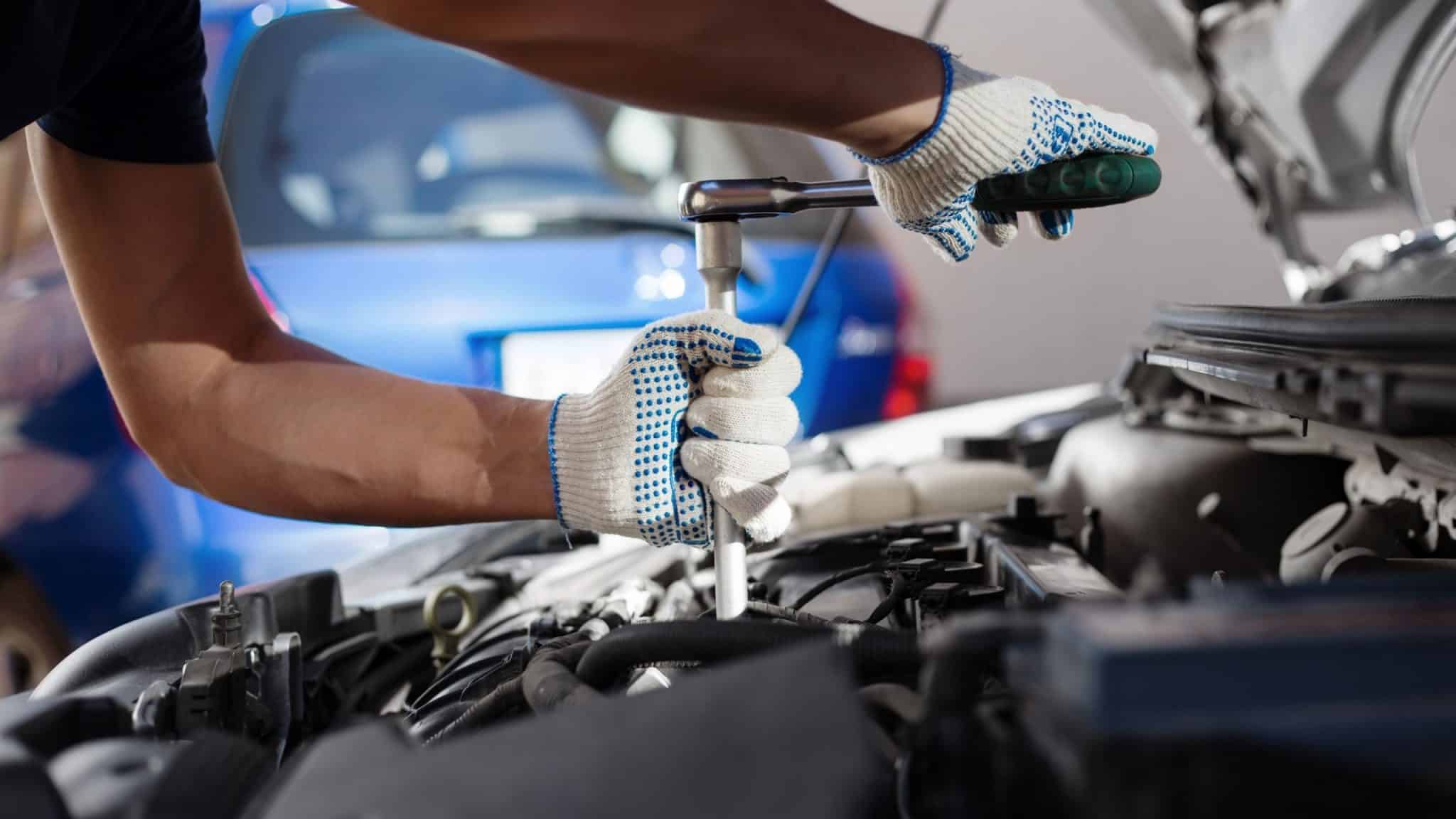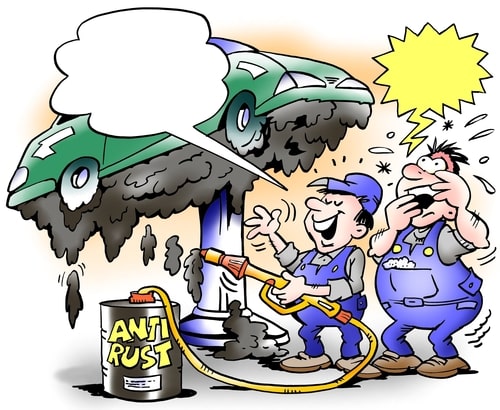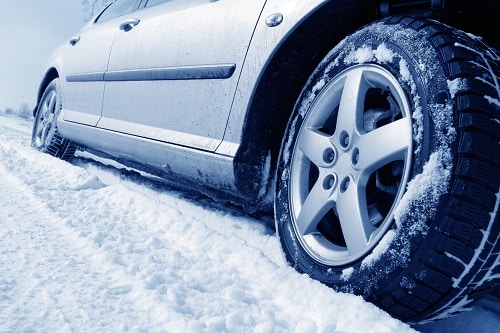Knowing how to carry out basic car maintenance is a key part of the UK driving test, but as soon as we get our licence, many of us forget what we’ve learned or throw it to the wayside. But knowing how to carry out basic checks to monitor the condition of your vehicle is essential as it can help prevent breakdowns – saving you both time and money in the long run.
1 also emphasizes that regular maintenance can help prevent more major problems and ultimately protect your no claims bonus. So if you’re not sure how to carry out basic checks or would simply like to refresh your knowledge, here’s a quick checklist of things you should know how to do on your car.
Video Overview
Check Tire Pressures
Checking the tire pressure is essential for avoiding punctures and ideally it should be done every two weeks. Make sure you know the correct pressure rating for your car and tires, and use a good quality gauge or garage air line. Most petrol stations have these facilities so it can easily be done on the way home from work or whenever you’re passing by.
Examine Tire Conditions and Wear
Take a look at the condition and tread of the tires at the same time as checking the tire pressure; driving with damaged or worn tires puts you at risk of a fine and could even invalidate your insurance policy. If your tires are free of lumps, bulges and tears and meet the minimum tread depth requirements they are safe to be driven on.
Check Engine Oil Levels
Oil is vital for the safe-running of a car and you should use the dipstick to check your vehicle’s oil levels every two weeks and before long journeys. If your car needs its oil changing very often, this could also indicate that there is something wrong with the engine.
Change a Flat Tire
Changing a tire is a fundamental part of vehicle maintenance but be careful – changing a tire on a busy road can put you at risk so in some circumstances such as on the motorway it is better to call for assistance rather than do it yourself.
However, once you’ve checked that the area around you is safe, put your handbrake on and switch the car into first gear. With the jack on firm ground, attach it to the car and then lift the car up until it’s just off the ground. Then remove the wheel nuts, followed by the old wheel and fit the spare wheel. Tighten the wheel nuts and then lower the jack.
Check for Windscreen / Windshield Damage
Finally, make sure you regularly check for windscreen damage as stone damage can impair your vision. And while minor chips can be repaired by a windscreen specialist, they can grow bigger and crack the glass if you ignore them. So nip any potential issues in the bud and check regularly for small cracks that could cause more serious damage in the future.
With over 20 years in the industry, 11 are specialists in Motor Trade Insurance Policies. Visit Unicom today to find out more.















Leave a comment